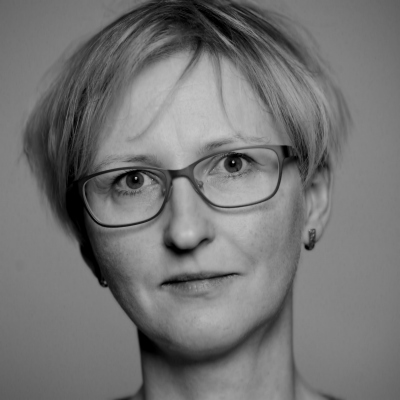State of use of EU funding
28.10.2010
state aid & EU internal market regulation
If Poland continues to spend its EU funding at the rate it is going, the last euro from the 2007-2013 budget period won’t be spent until August 2021, according to an October 2010 report from the Business Centre Club.
“The plane carrying EU funds has not only taken off,” said Dr Jerzy Kwieciński, the author of the report. “It has picked up speed and is approaching cruising altitude.” Poland has already cleared the first major hurdle in rolling out the system for managing the funds. Nearly half of all EU funding for 2007–2013 has already been allocated to beneficiaries. The pool of funds that are actually available, particularly for businesses, is much smaller. Many competitions have yet to be resolved and the contracts signed with the qualified applicants.
Contracting for EU funds, which should be completed in 2012, is proceeding at a satisfactory pace. But expenditure of the funds, which at the current rate will take another 11 years, needs to be speeded up, according to the report.
Contracting is the furthest advanced in operational programmes Innovative Economy (with contracts signed for 56.0% of the available funding) and Human Capital (48.5%), while the Infrastructure and Environment programme is lagging (34.3%).
In terms of expenditures, the operational programmes that are most advanced are Technical Assistance (21.8% of available funding spent) and Human Capital (18.4%). The slowest, again, is Infrastructure and Environment (5.8%), a programme that includes major infrastructure projects that are difficult to prepare and implement. In some sectors (particularly rail transport, energy security and the electronic economy) there is a real risk that the funds will not be spent in time, and the funding will either lapse or have to be shifted to other areas of EU support. There is also concern about the status of the use of funding for road projects in eastern Poland.
The authors of the report pointed out the barriers to making full use of EU funding. One of them is the complicated set of procedures for seeking EU funding and implementing projects. The demanding requirements mean that the funding tends to go to larger entities, with smaller applicants dropping out of the running.
The increase in VAT by one percentage point from the beginning of next year also presents a problem for beneficiaries, who may have to raise their own contribution to projects already being implemented by up to 10% or even more.
